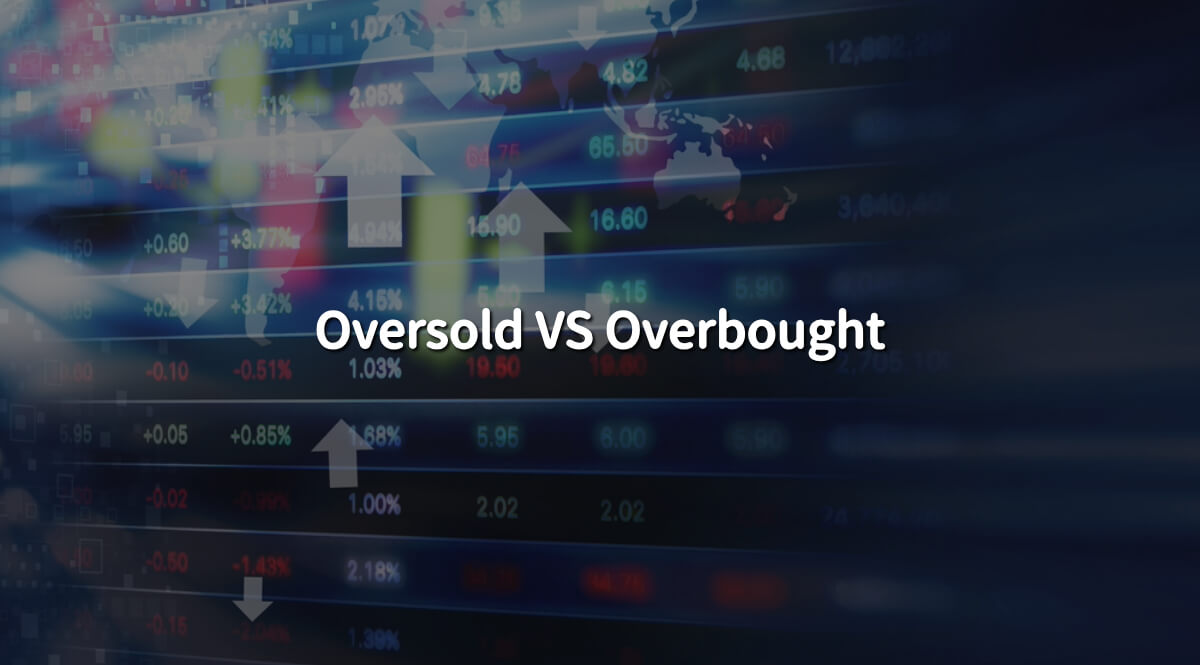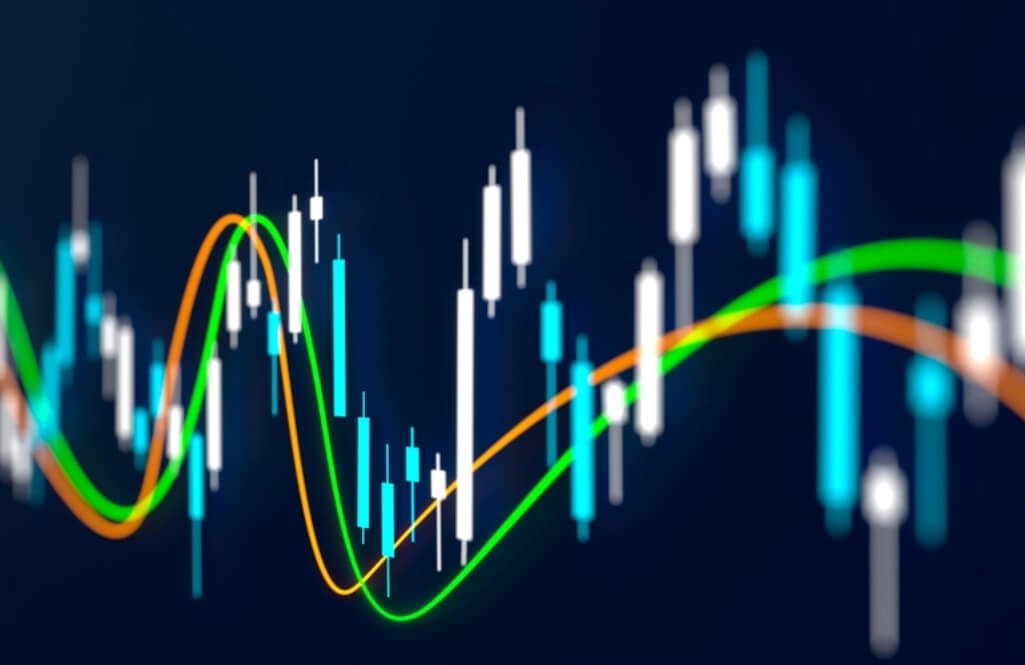
Oversold vs Overbought: Stock Market Explanation
What are oversold and overbought socks? How do we determine overbought and oversold levels in the market? And what indicators to use? If you are looking for the answers to these questions, here is our mini Oversold vs overbought guide for beginner investors.
Oversold vs Overbought Explained
Having a good grasp of overbought and oversold conditions is essential for traders in financial markets. These terms refer to when the price of an asset has moved too much in one direction.
How to determine if an asset is oversold or overbought in the market?
Analyzing market conditions and moving averages aids in identifying when a stock becomes overbought or oversold.
When the market oversells, it may signal a buying opportunity if other indicators suggest a potential turnaround. Conversely, when stocks become overbought, it may signal a time to sell.
Tools like the Relative Strength Index (RSI) and stochastics are great in technical analysis to spot these conditions. The RSI measures the strength and speed of price movements, with values ranging from 0 to 100. RSI levels can signal whether a market is overbought or oversold.
When the RSI rises above 70, it indicates an overbought condition, suggesting that the stock price may soon decrease.
Conversely, when the RSI falls below 30, it suggests an oversold condition, hinting that the stock price could increase. Traders use these signals to predict trends and adjust their trading strategies accordingly.
What is an Overbought Asset in the Market?

Overbought occurs when demand for an asset drives its price to levels well above its intrinsic value.
Investors often consider assets overbought when they experience sudden increases over a very short period, though determining this can involve significant subjectivity. How to spot this situation in the market?
Speed indicators highlight overbought situations. Indeed, technical analysis fans use indicators such as the RSI or stochastic to identify overbought securities.
From a technical perspective, the term “overbought” describes a situation in which the price of a security has increased so much (usually by large volumes) that the oscillator has reached its upper limit. This can mean the asset’s overvalued price can experience a pullback.
What is an Oversold Asset in the Market?
An oversold market situation occurs when the price of an underlying asset has fallen below its intrinsic value. This condition is often the result of market overreaction or panic selling.
Assets that have experienced significant declines over a short period are often perceived to have been oversold. Determining the degree of oversold of an asset is a difficult and very subjective exercise.
From a technical analysis perspective, this is a situation where the price of an asset has fallen so much that the oscillator has reached its lower bound.
Many traders consider this a buying signal because it indicates a devalued asset and presents a buying opportunity.
Therefore, many technical indicators, such as the RSI, stochastic, or MACD, primarily aim to identify when an asset’s price reached an extremely low level.
RSI Overbought vs Oversold
Yes, analysts frequently recommend selling a stock when it’s overbought and buying when it’s oversold.
Where is that friend telling you you must buy it because it has fallen significantly? And now, when oversold it can only go back up? It seems like a self-fulfilling prophecy.

What is oversold must go up, and what is overbought must go down. Investors determine these overbought and oversold zones, particularly on the RSI and the stochastic.
The stock is overbought as soon as we exceed the level of 70. Oversold below 30. The RSI is, therefore, an indicator of trend strength.
RSI Trigger Lines
However, we must twist the preconceived idea that an overbought stock will inevitably turn downward and vice versa. On the contrary, overbought stocks can continue to rise.
This proves the strength of the upward movement and we might as well avoid going against the trend in such strong movements. Overbought and oversold periods may take longer to turn around than it takes you to remain solvent.
So avoid falling into this pitfall. That of believing what falls will rise again and what rises will fall. Analyze and take a position on rational decisions and facts, not on low-pro probabilities hypotheses.
The relative strength index provides short-term buy signals and sell signals. Low RSI levels (below 30) generate buy signals. High levels, above 70, generate sell signals.
Investors can also use other trigger lines. By doing so, they can examine the market trend in general. For example, if the stock market is in a bull market with rising prices, use 40 as the lower limit and 90 as the upper limit.
Only if the indicator goes beyond that will it give a signal. Conversely, use trigger lines of 20 and 60 in a bear market where prices fall over a longer period.
Bottom Line
Using tools like the RSI and Stochastics, traders can better understand short-term price movements and create successful trading strategies. Recognizing when a stock is overbought or oversold allows traders to make smart decisions, manage risk, and take advantage of price changes and trend reversals.




